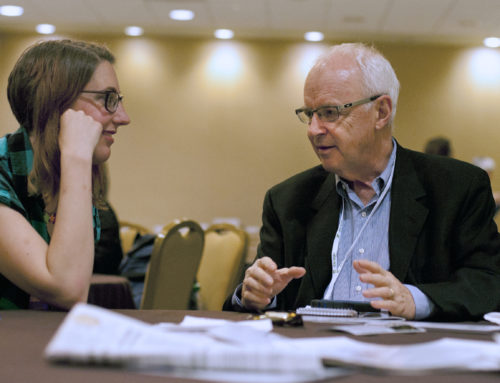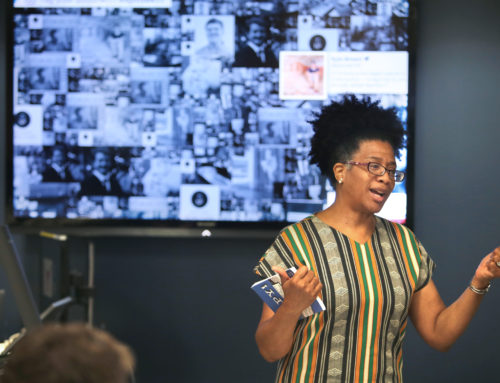RELATED ARTICLES “It Can Happen Here” | “Command Performance” from Rescue magazine | “Taylor Employee Reports on OKC Tragedy” from Directions
From Texas EMS Magazine
July/August 1995
Article and photos by Bradley Wilson
For the citizens of Oklahoma City, April 19, 1995 began just like any other day. Hundreds of people showed up for work by 9 a.m. at the Alfred P. Murrah Federal Building and dozens of others went there to do business in the federal offices. But at 9:02 a.m., a bomb made of some 4,800 pounds of ammonium nitrate and fuel exploded in a truck parked near the building, changing the lives of those people and thousands of others forever.
“I don’t think anybody was prepared for the amount of damage that was done,” Dallas Fire Department Deputy Chief Karen Bass said. “There was a whole lot more affected than just the one building.”
Terry Bloss, a battalion chief with the Carrollton Fire Department near Dallas, said, “it’s a wonder anyone lived through it.”
Officials have documented damage to some 300 buildings, including the Murrah Federal Building which was demolished May 23, in the downtown Oklahoma City area which could cost more than $1 billion to repair. Glass was blown out of windows in buildings, including a hospital, more than five blocks away.
Within minutes of the explosion, rescue workers from the 900-member Oklahoma City Fire Department and hundreds of citizens were working to get survivors out of the building. Within hours, rescue workers began arriving from surrounding communiÂties. And by the time 24 hours had elapsed, rescue workers were on their way from Arizona, California, Kansas, New Jersey, Louisiana, Texas, and several other states to help in rescue operations as well as scene manageÂment.
“They were offering to assist in any way,” Oklahoma City Assistant Fire Chief Jon Hansen said. “There were a lot of folks from the state of Texas that put a lot of sweat and blood into that building.”
Bass said she and several other Dallas firefighters and EMS officials went up to Oklahoma City to learn about managing scenes of that magniÂtude so they could be more prepared to handle such operations if the need were to arise in the Dallas area. And she said the outpouring of assistance from neighboring states was the one thing that stood out as a lesson everyÂone could learn.
“You have to be able to work with other organizations and put the stars aside,” she said. “You can’t do it alone.”
Even with agencies such as the Federal Emergency Management Association, the Federal Bureau of Investigation, the Bureau of Alcohol, Tobacco and Firearms, theDepartment of Public Safety, the Sheriff’s Office, the Oklahoma City Police Department, and the Oklahoma City Fire DepartÂment, Bass said, thanks to complete implementation of the incident comÂmand system, “everybody knew who was boss.”
While rescue operations continued for 16 days, rescuers pulled the last survivor, a 15-year-old girl, from the debris less than 24 hours after the blast. The fatality count ended at 168, including 22 children. Nearly 500 people were treated for injuries in nearby hospitals and rescue workers accounted for fewer than 20 injuries ranging, Hansen said, from minor cuts to strains and sprains.
Even as rescue operations continÂued around the clock, critical incident stress debriefing teams, including several from Texas, began working with anyone that had anything to do with the operations.
Bloss, who went up as part of a critical incident stress management team, said he would talk to “just about anybody,” including the guards at the morgue who had to watch the bodies go in and out.
“The thing I will remember most is looking into the faces of the firefighters from Oklahoma City and seeing the determination. They were going to see to it that they had some closure for the families and themselves too,” he said.
Even nearly four months after the explosion, medics, firefighters, surviÂvors, family members, and citizens are still learning to cope with what has been termed the largest terrorist attack in American history.
“There’s a lot of people out there to whom Oklahoma City owes a great debt,” Hansen said. “And rest asÂsured, if they need us, Oklahoma City will be there.”





Leave A Comment